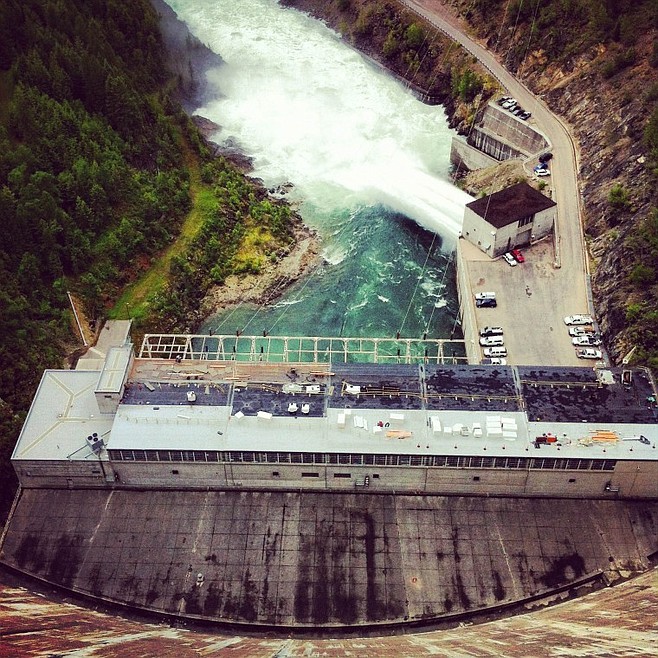Hungry Horse a prime location for pumped storage hydropower
One of the most efficient ways to store energy is to pump water from one reservoir to another higher reservoir. The energy used in the pumping can then be recovered at a later time by releasing the water into turbines generating electricity.
This technology, pumped storage hydropower, has been used for decades in Europe and America with efficiencies of 80%.
Why is this technology of particular interest to Montana? This state has a great potential for wind power. Already there are many wind machines at Judith Gap and another cluster near the Canadian border. A problem of wind energy is variability. Winds are never steady for long periods of time. A fluctuating source of electricity has very little market value. Solar power has the same disadvantage.
This is where pumped storage hydropower is important. An example is the cooperation of Denmark and Norway. Denmark has a vast amount of fluctuating wind power. This is exported to Norway and used to pump water up to mountain reservoirs. As the water is released from reservoirs into turbines, it generates a steady flow of electricity that is returned to Denmark.
Montana is fortunate to have great potential for wind power and mountain lakes. Already, at Gordon Butte, a project is underway to construct a pumped storage hydro facility. The initial cost of such a project is great. Construction has taken three years.
Hungry Horse Reservoir serves as a storage and hydro facility that supplies electric power to the Flathead Valley. The dam at the powerhouse on the South Fork is over 500 feet high. The total power it can produce is limited to the amount of rainfall and snowfall over the catchment area of the South Fork. Up to now the total precipitation has been adequate, but climate change might cause problems.
With the addition of pumps and a conduit, Hungry Horse could also serve as an open loop pumped storage hydropower facility at a fraction of the cost of building such a facility from scratch, like the Gordon Butte project. It would require a powerline to connect with wind machines on the east of continental divide where the strongest winds are. Water would come from the South Fork downstream from the powerhouse.
Hungry Horse reservoir already provides a steady source of electricity to the Flathead. The addition of pumps and a powerline to the eastern side of the mountains would add to its capability. Advances to us include: (1) it could accept variable electricity and turn it into a steady stream; and (2) it would ensure that the Flathead Valley will always have adequate electricity regardless of possible changes in rain and snowfall over the South Fork.
We need grid reliability to ensure affordable, clean energy. pumped storage hydropower will certainly help.
Kirk Bryan and Alex Amonette volunteer with Citizens’ Climate Lobby in Montana.

